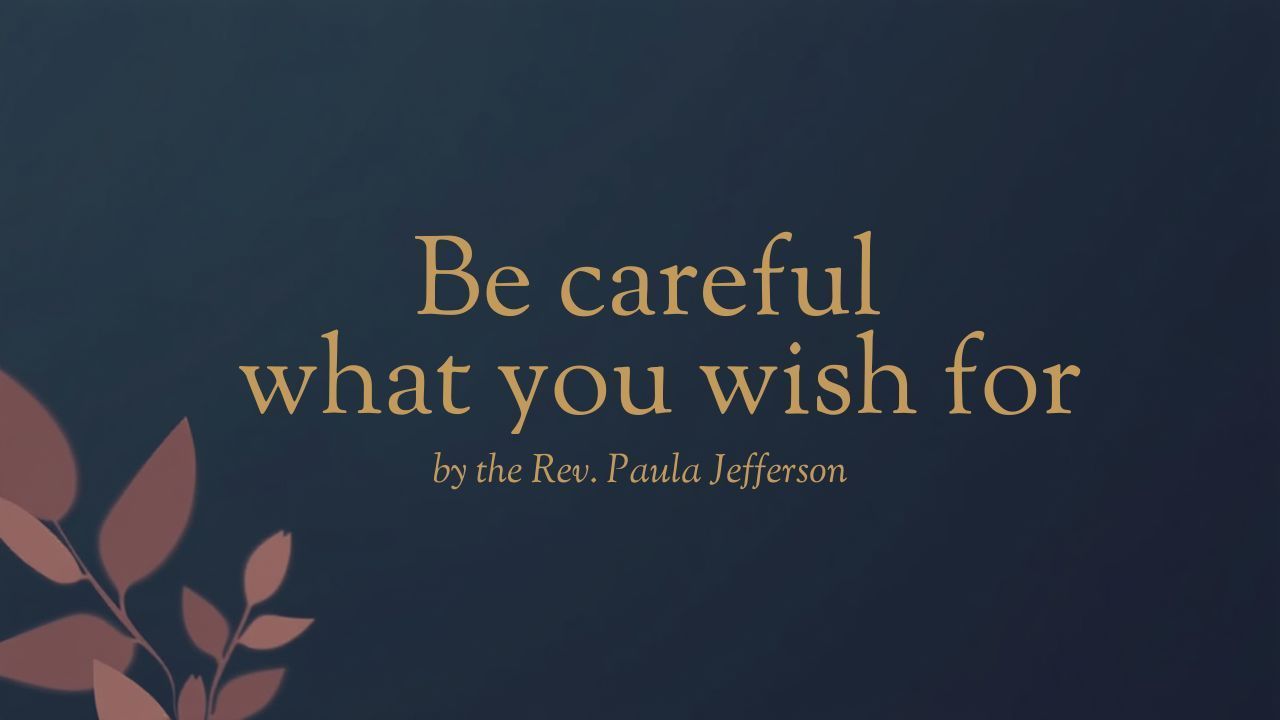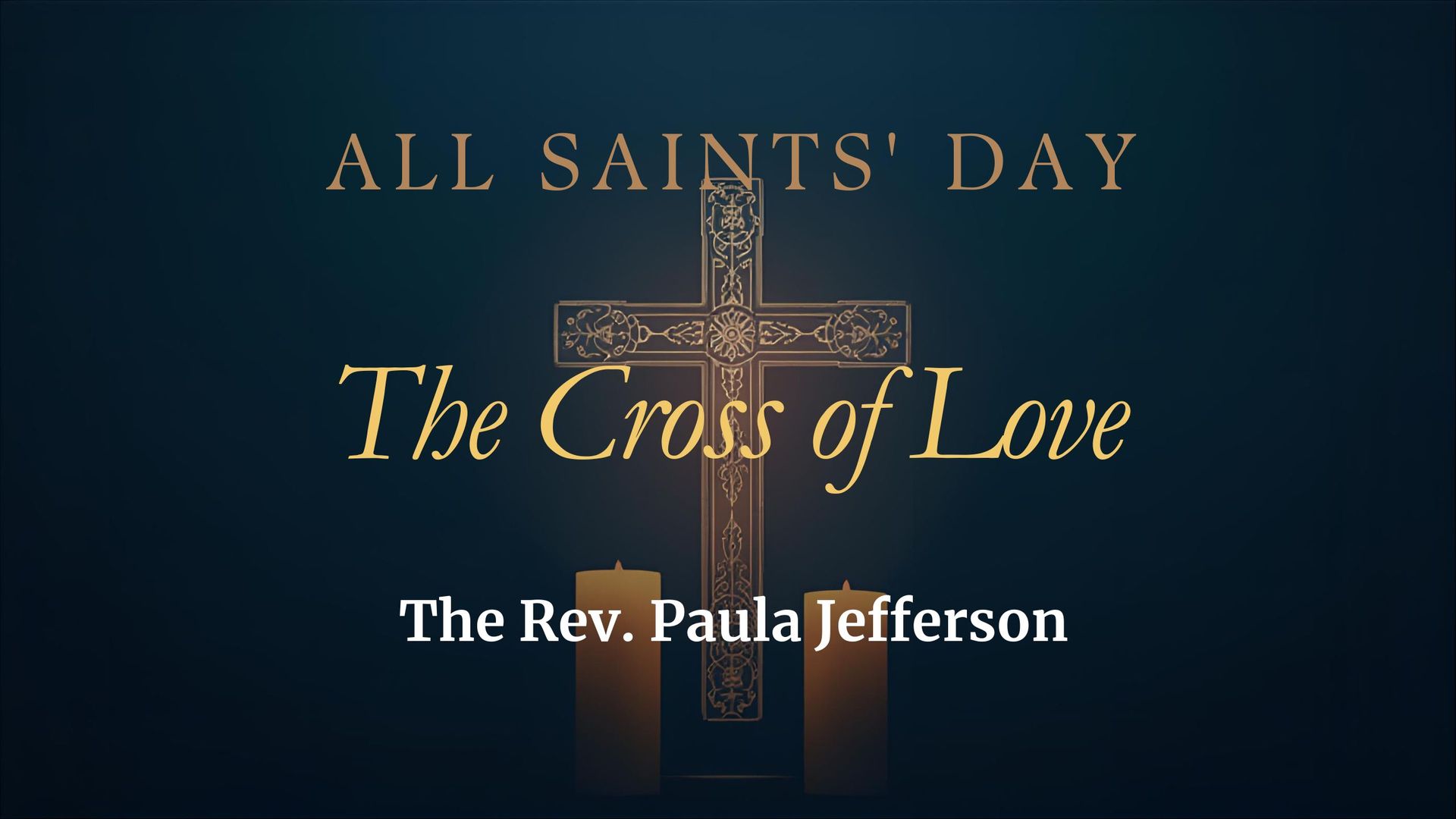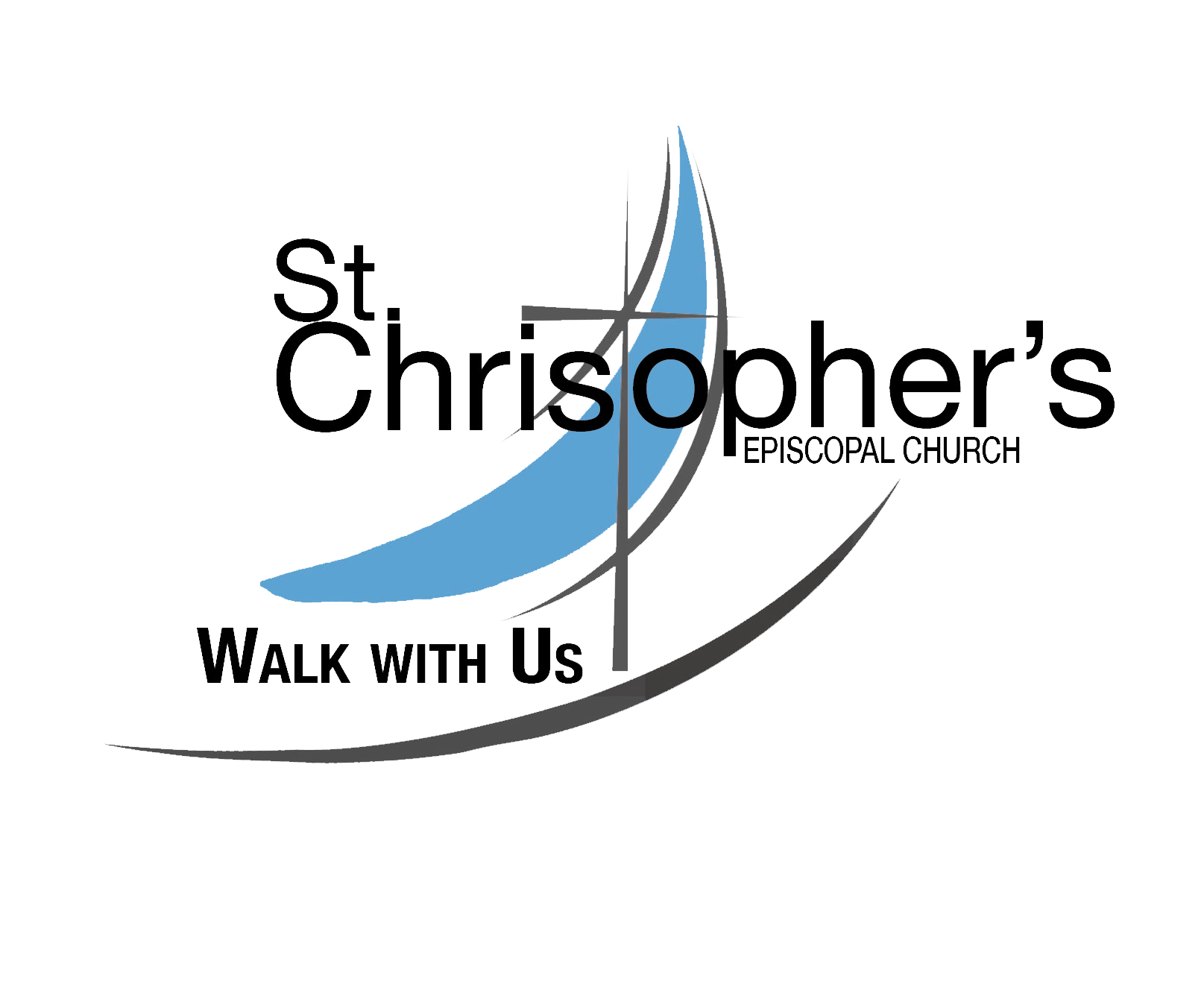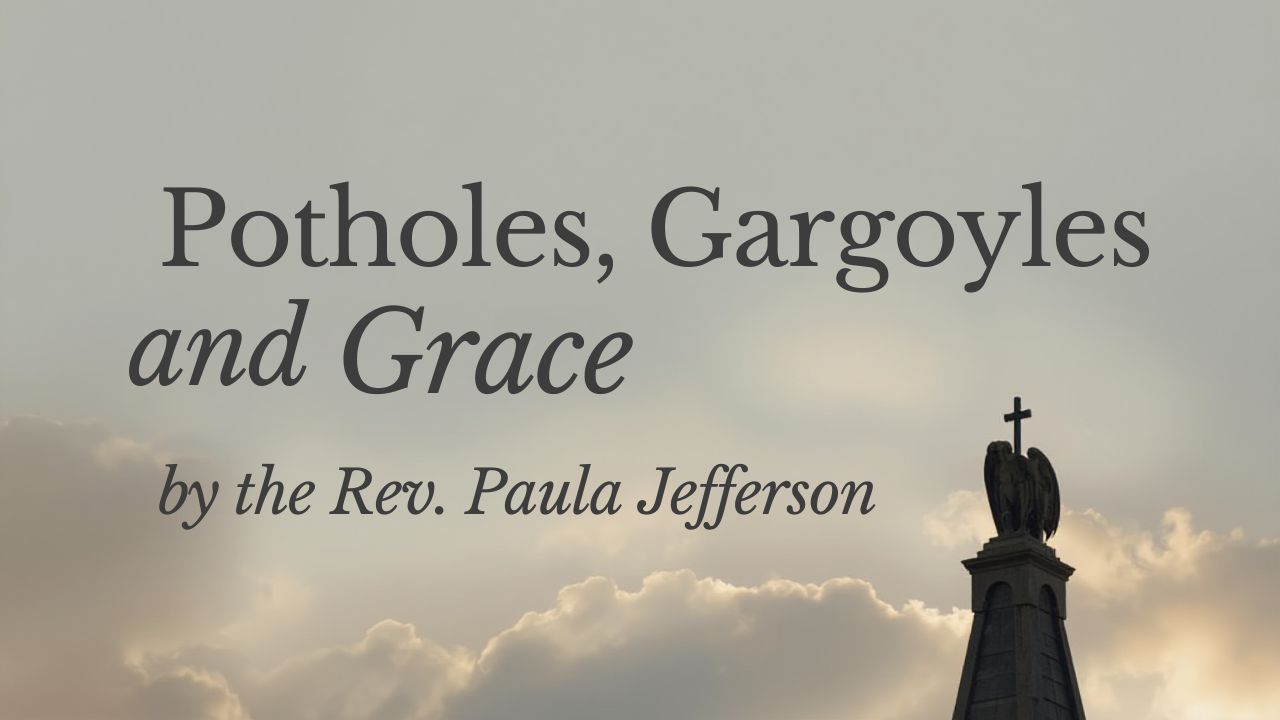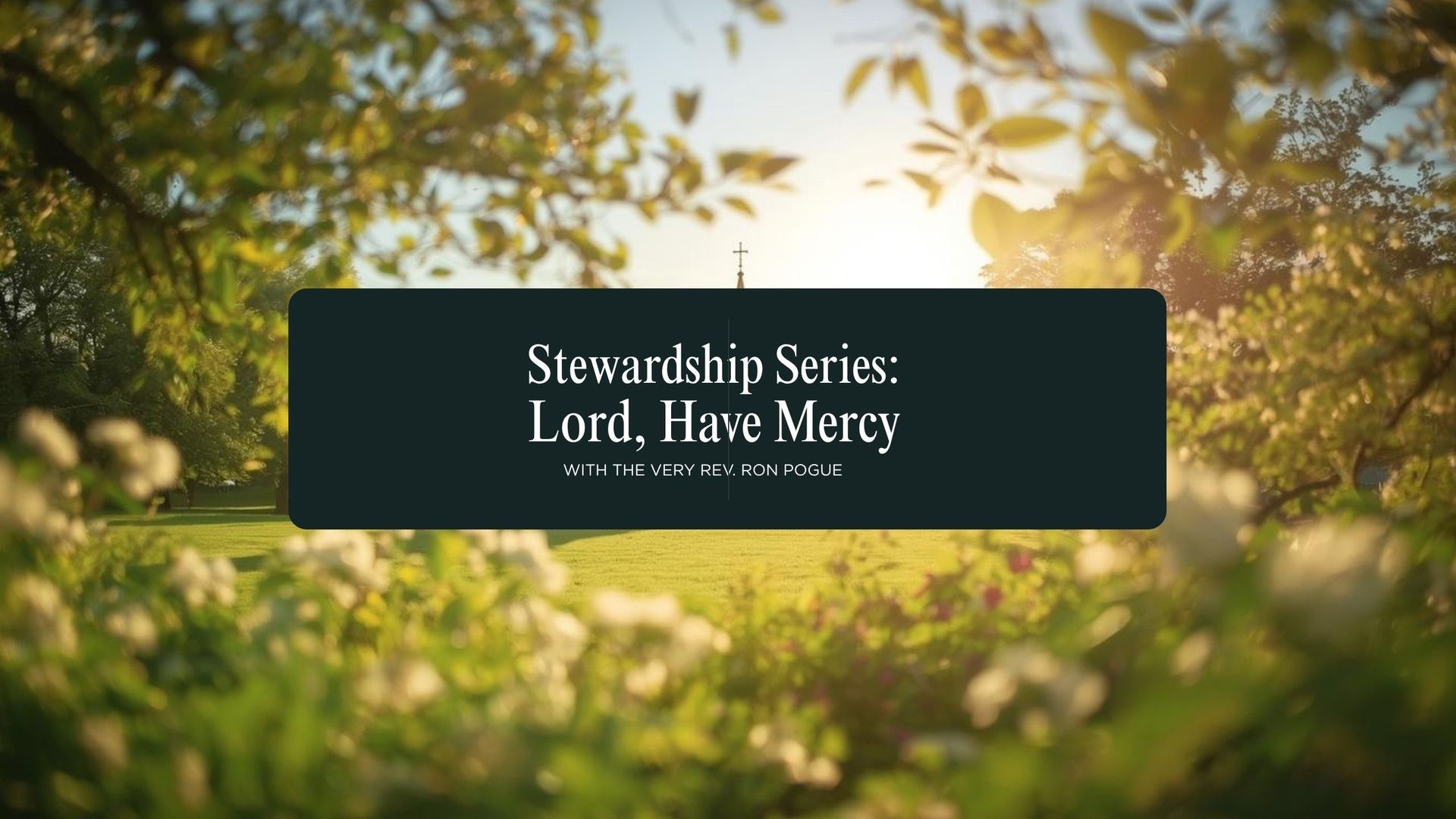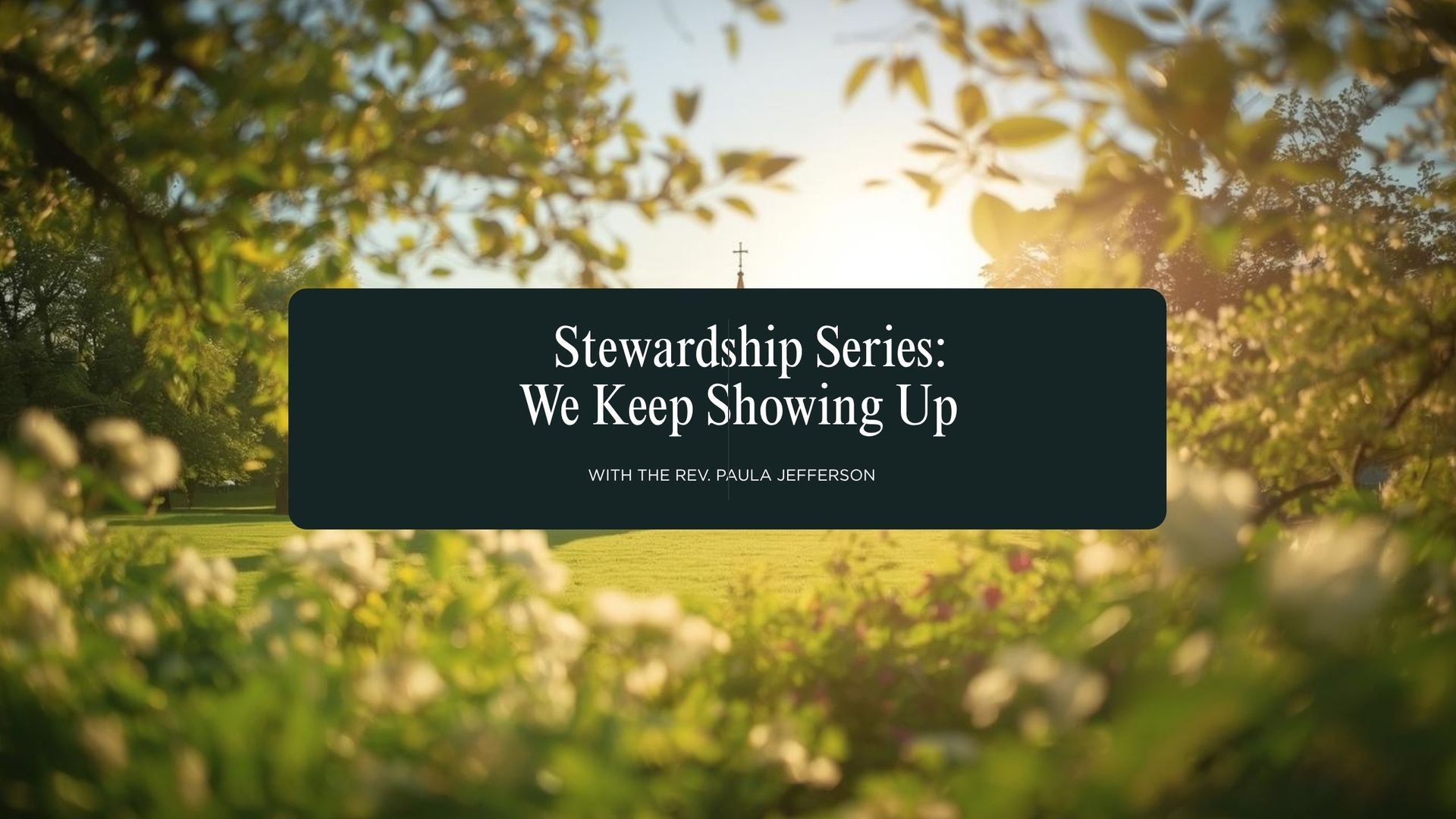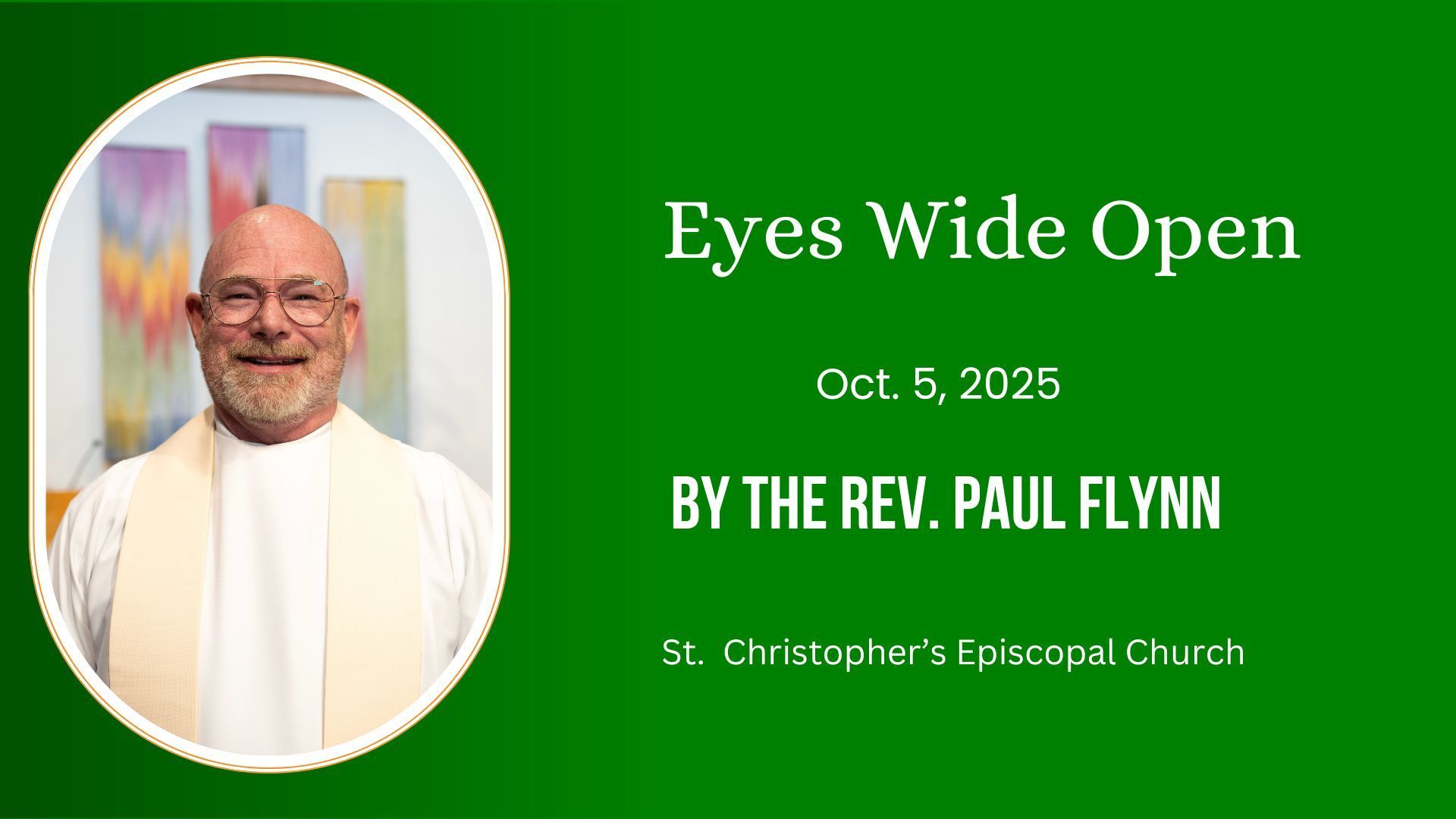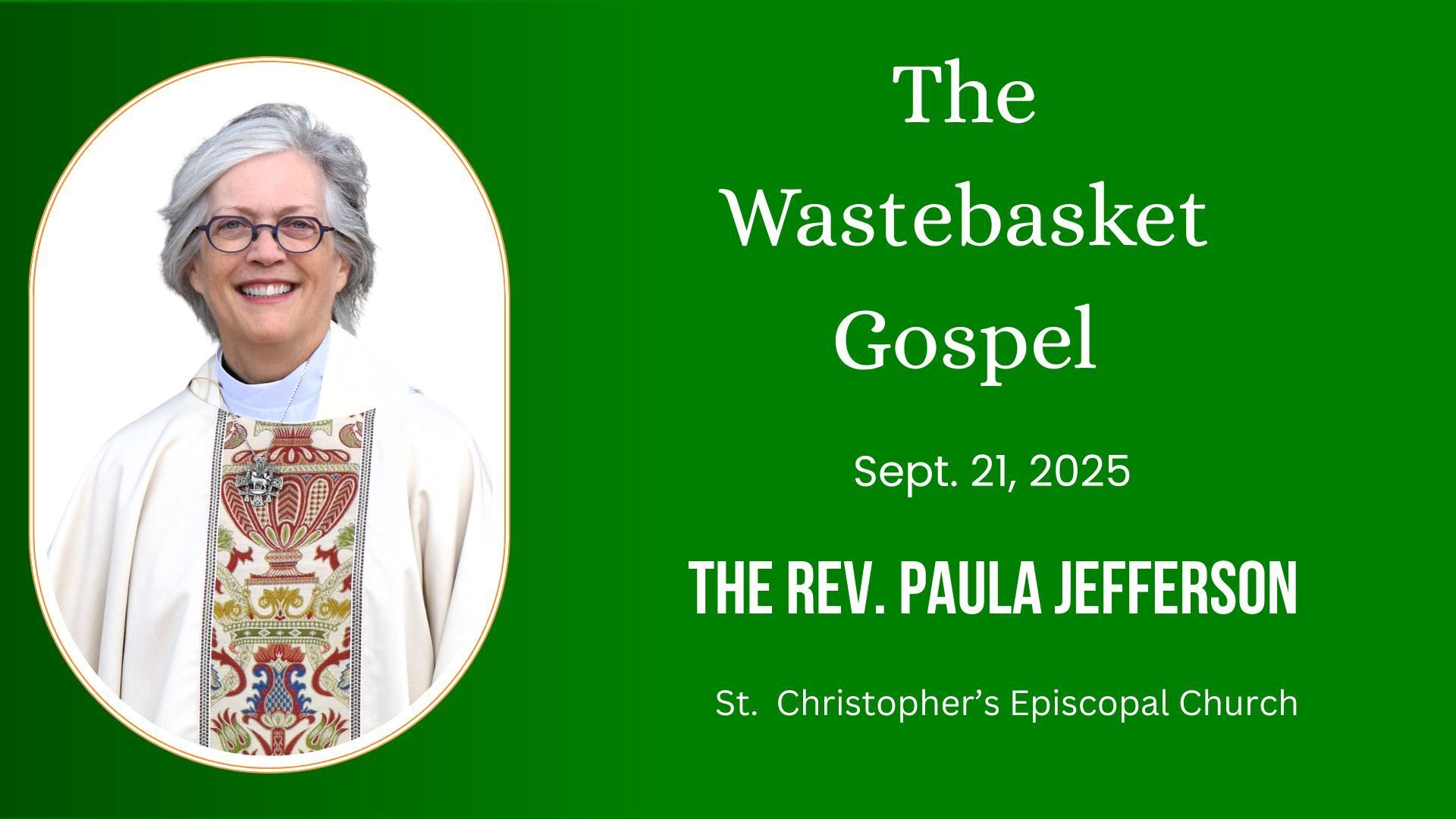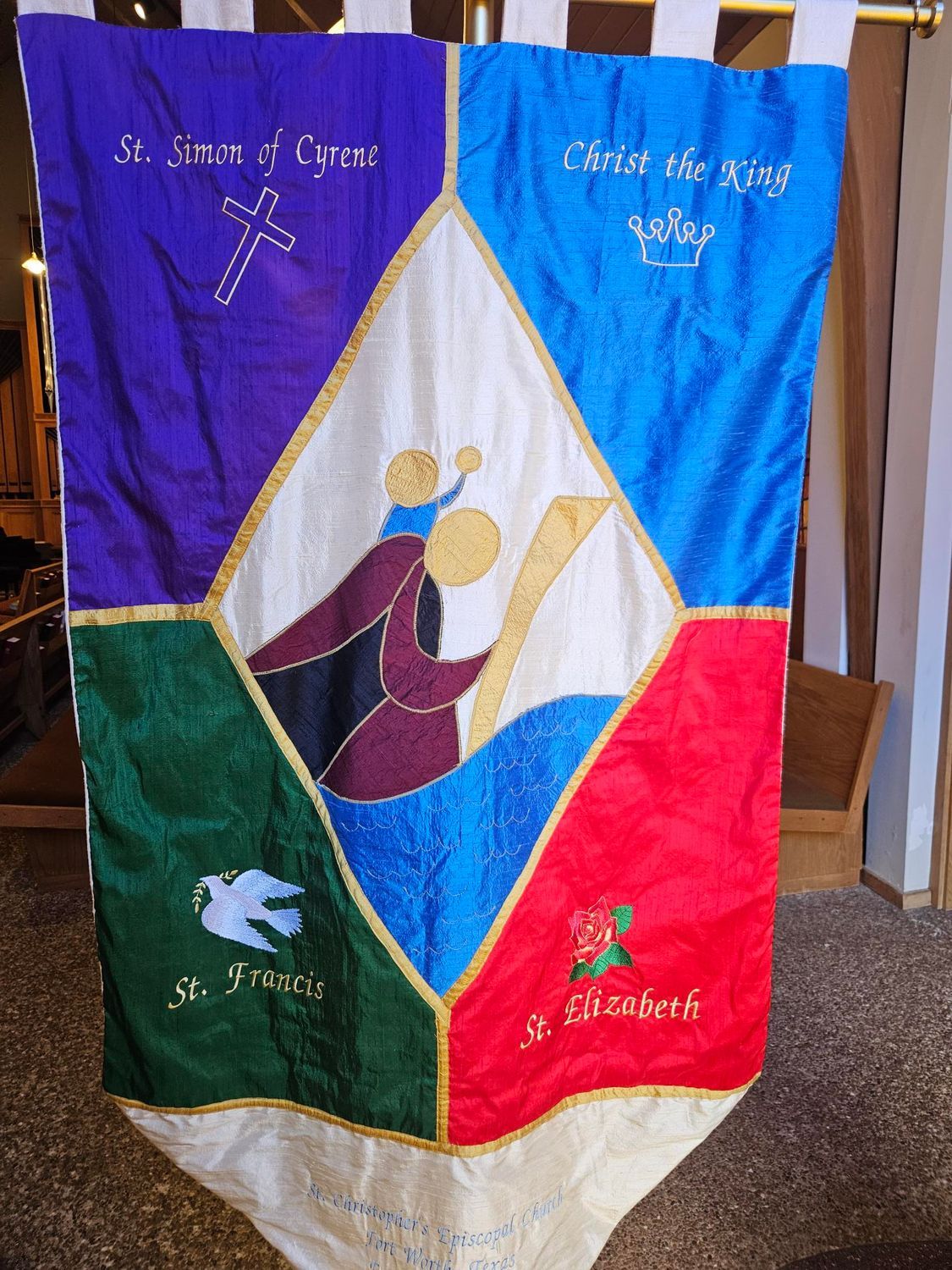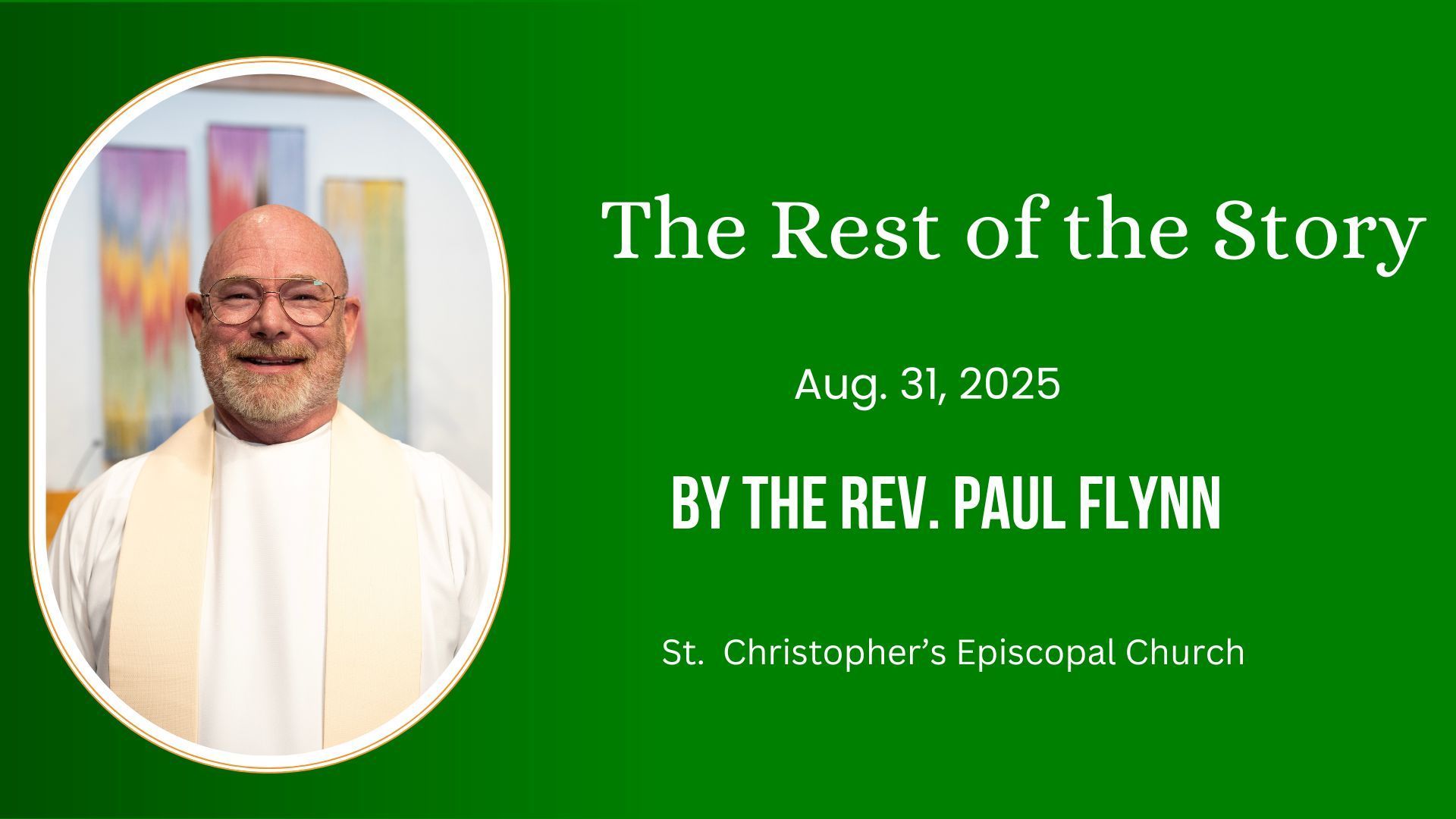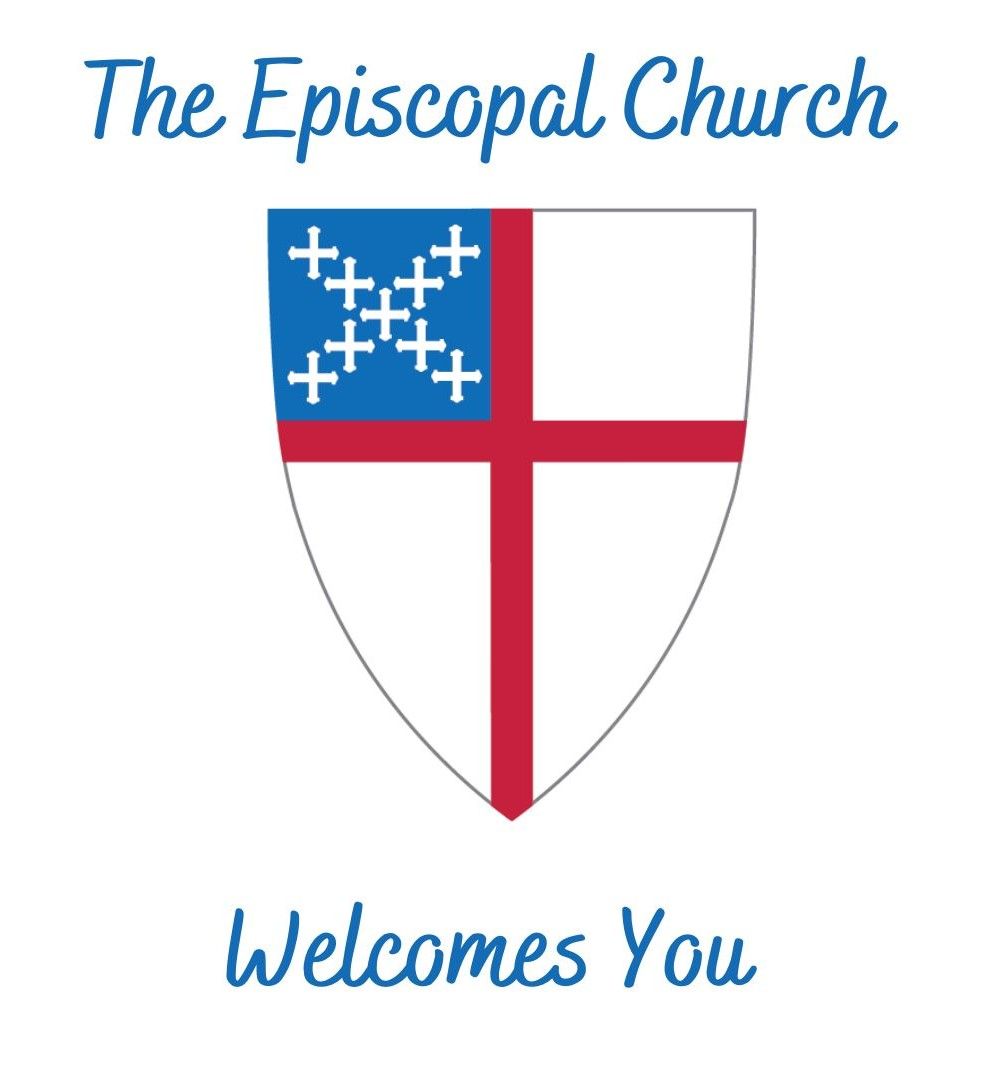I had a déjà vu moment this week. When I began thinking about the passage in Luke, I had a vision of Canon Joann Saylors, bent over, telling us about the woman in this story. Three years ago, she came to preach at St. Christopher’s on this same Sunday in the lectionary. And because of the way our lectionary repeats on a three-year cycle, it’s déjà vu all over again.
The story hasn’t changed, but our lives—and our context—have changed tremendously. So I wondered: what is this story inviting us to hear differently today?
The setting in the text is important. It happened on the Sabbath, in a synagogue.
In Jesus’ time, the Sabbath was observed religiously (pun intended). The Sabbath was a day to disengage from all work, to remember Yahweh’s intervention in the Israelites’ enslavement in Egypt and their deliverance through the desert. It was a day to gather and worship in the synagogue, to hear again the stories of Yahweh’s engagement with his people.
There were rules about the Sabbath and rules about who was allowed inside the synagogue. People who were unclean—like a woman with an eighteen-year infirmity—were not allowed inside. Touching an unclean person was strictly forbidden, because it made the one who touched
unclean as well.
There were many things happening in this story that simply should not have happened.
An unclean woman walked into the synagogue. Jesus laid his hands on her. And it was the Sabbath—Jesus healed on the day of rest.
Until the woman arrived, it was just another Sabbath in just another village synagogue. Jesus was abiding by all the rules about the Sabbath and worship. And then he saw the woman. He could have handed her his business card and said, “Come see me tomorrow…I’m free after lunch.” It seems like the obvious thing to do. It had been 18 years—6,570 days—what’s one more day?
Jesus was not willing to wait one more minute.
Why the sense of urgency?
Rabbi Abraham Joshua Heschel wrote a reflection on the Sabbath that, I think, sheds light on why Jesus responded as he did:
“Six days a week we wrestle with the world, wringing profit from the earth; on the Sabbath we especially care for the seed of eternity planted in the soul. The world has our hands, but our soul belongs to Someone Else…. The Sabbath as a day of rest, as a day of abstaining from toil, is not for the purpose of recovering one’s lost strength and becoming fit for [more] labor. The Sabbath is a day of rest for the sake of life.”
For eighteen years, the woman was bent over. She went through her days looking at the cracks in sidewalks, unable to greet anyone face-to-face, to exchange a smile, or to lift her eyes to the sky. She was isolated. Untouchable. All the gifts of community that feed our soul were denied to her.
Luke said, “Jesus saw the woman.” He saw much more than an object. He saw suffering: a woman alive physically who was dying spiritually. And to Jesus, that was urgent.
Three years ago, when Canon Saylors preached on this text, St. Christopher’s was beginning a new chapter in its life. It was my third Sunday with St. Chris.
We didn’t have a choir or lovely bulletins.
We didn’t have Christofolx, J2A, Rite 13, Catechesis of the Good Shepherd, or Adult Sunday School.
We didn’t know that one day we would support immigrants trying to make a new life in Texas…or that many of us would form bonds with fourth-grade students, mentoring them and helping them make good choices.
We didn’t know how many lives we would touch through pastoral care—inside and outside our congregation.
We didn’t know that we would meet Mary Magdalene or Peter in such meaningful ways.
We didn’t know that we would present twenty-four people to the bishops of our diocese for confirmation, reaffirmation, and reception. Or that we would baptize ten more people.
We didn’t know that we would be able to have a curate and participate in the life of the Church in such a remarkable way.
We didn’t know that we would send children—who weren’t yet even at St. Christopher’s—to Camp Allen for an unforgettable week.
We didn’t know that our congregation would grow in so many profound ways. That we were being equipped to meet the suffering of real people in our world.
This week, I thought about the events in my life that have, figuratively, weighed me down. All of us have those experiences—and St. Christopher’s did too. How we carry the weight of our broken world differs from person to person, and from organization to organization.
St. Christopher’s legacy is to meet the world with both feet planted in hope. We are inspired to look beyond the brokenness of the moment—to see suffering and to respond.
Three years from now, we will be as different from today as we are now from three years ago—because God continues to prepare and equip us, so that we can see the suffering in our community and lay our hands on it.
If our past is any indication of our future, buckle up, buttercup. The best is yet to come.
